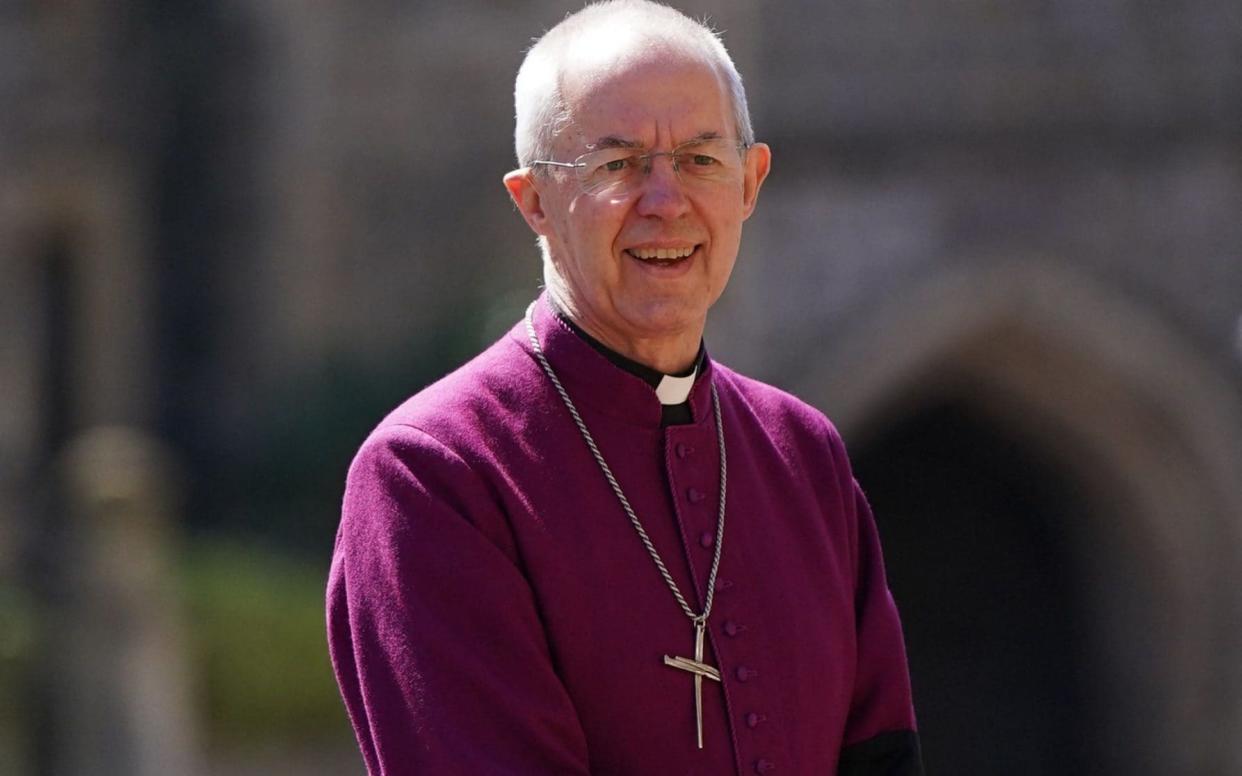Don’t destroy controversial statues – find a piece that counters them, churches told

Parishes and cathedrals should not destroy controversial monuments but commission counter-pieces to go alongside them, the Church of England has suggested.
Guidance published by the Church on Tuesday aims to address "contested heritage" in its 12,500 parishes and 42 cathedrals, with a focus on the "memorialisation … of people or events connected with racism and slavery".
"This is not about judging people in the past by the standards of the present, but about how items of contested heritage, and wider issues of under-representation, affect our ability to be a Church for all in the 21st century," it says.
The guidance provides churches and cathedrals with a framework in which to discuss contested objects and reach decisions on their future. Once the historical significance of an object has been assessed, consideration of how it could "make worship difficult" and whether changing it may help some groups have a more "positive relationship" with a building is encouraged.
The guidance suggests more than 10 options, adding that it is "doubtful that any of the options will serve as redress" but saying they could still "make a powerful statement and provide an important means of balancing the narrative".
One suggestion includes commissioning an artist to make a "site-specific piece, whether temporary or permanent" to "stand in juxtaposition to the contested heritage item". Such a piece could be a "memorial to those who have been under-represented or oppressed, or a re-telling of a Bible story using more diverse and inclusive imagery".
It comes after Justin Welby, the Archbishop of Canterbury, called for the Church's statues to be reviewed to assess whether they "should all be there" in the aftermath of last summer's Black Lives Matter protests.
During the protests a statue of 17th century slave trader Edward Colston was thrown into Bristol harbour.
The Church guidance says: "Vigilante destruction of an object or document can never be condoned, and even as a legal remedy destruction is unlikely to be acceptable."
Becky Clark, the Church's director of churches and cathedrals, said: "With this guidance, the Church of England is seeking to provide a framework for parishes and cathedrals to lead discussions about how the heritage in our buildings can best serve our commitment to be a welcoming and inclusive Church today.
"The issues of contested heritage require us honestly and openly to discuss ways in which our buildings can demonstrate our commitment to social and racial justice as a reflection of our faith in Jesus Christ."
Other suggestions include moving controversial objects, or parts of them, to storage, covering a piece of text or symbol that has "offensive connotations" or permanently transferring objects to a new owner such as a museum.

